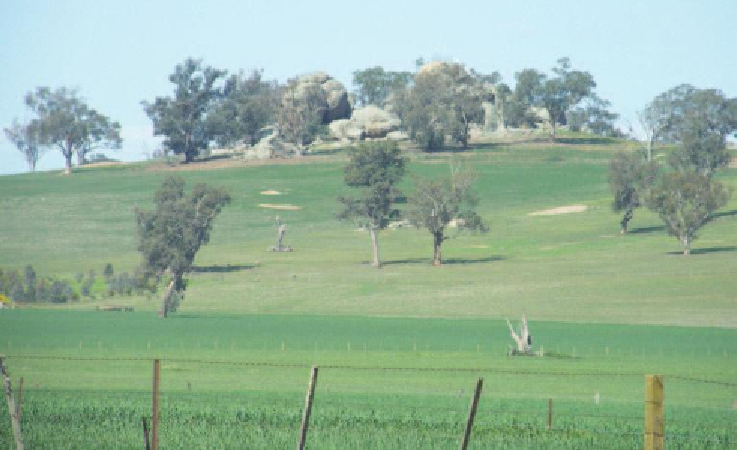Biology Reference
In-Depth Information
Cultural values of granite outcrops
Indigenous people who found food, water and shelter in these places have a
spiritual connection to outcrops. Evidence of this is found in the significant
Aboriginal rock art on many outcrops. Outcrops also have post-European
settlement cultural value, for example, because of the role they played in the era of
the bushrangers. Morgan's Lookout near Walla Walla on the South West Slopes of
New South Wales is a granite outcrop that was used as a refuge by bushranger Dan
'Mad Dog' Morgan (otherwise known as John Fuller (1830-1865)) (Figure 5.7).
Of course, granite outcrops are also valued for commercial (e.g. quarrying) and
aesthetic reasons. The aesthetic beauty of granite outcrops is probably the main
reason artists, bushwalkers and tourists are attracted to these places. Wave Rock in
Western Australia and Mount Buffalo in north-east Victoria are prime examples of
geological formations that are frequented by thousands of tourists each year. Other
monolithic formations occur in most states of Australia (e.g. Bald Rock in northern
New South Wales, Wilsons Promontory in Victoria, Porongurups in Western
Australia, and Mount Wudinna in South Australia).
Attributes of rocky outcrops
Three key attributes of a rock outcrop influence their suitability as habitat for
wildlife:
Figure 5.7:
Morgan's Lookout - the hideout of famous bushranger, Dan 'Mad Dog' Morgan. (Photo by Damian
Michael)

